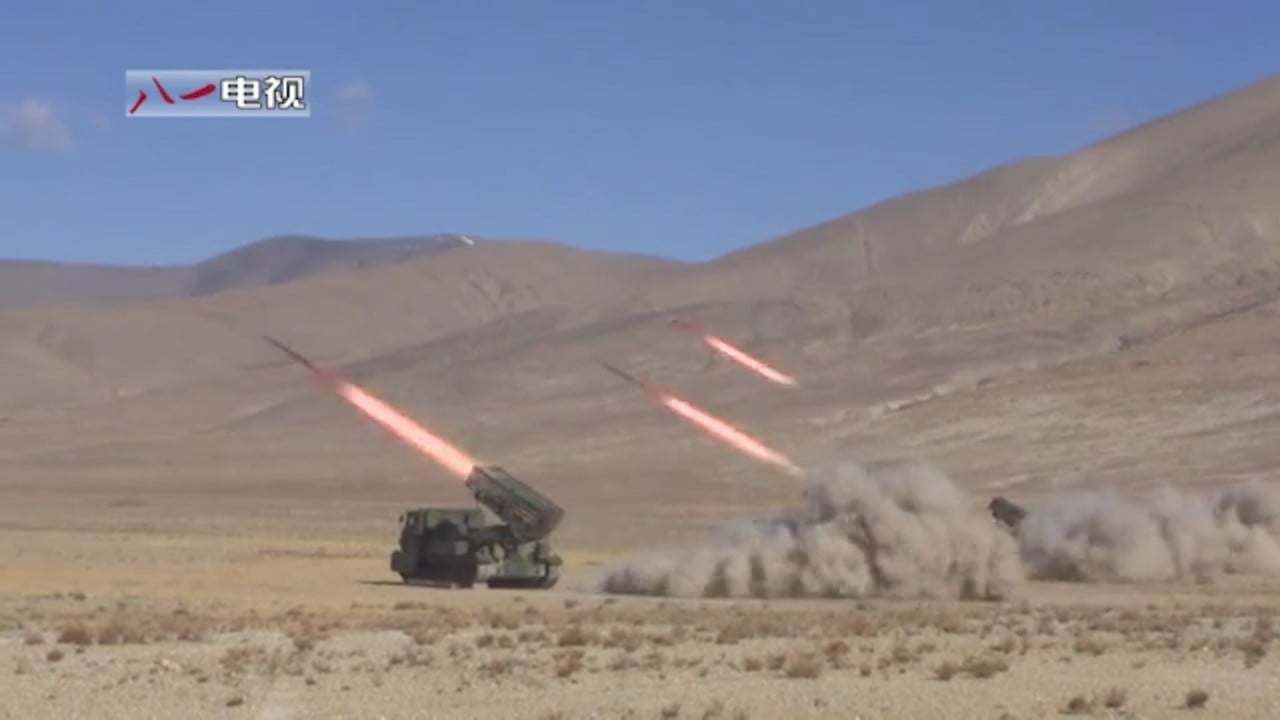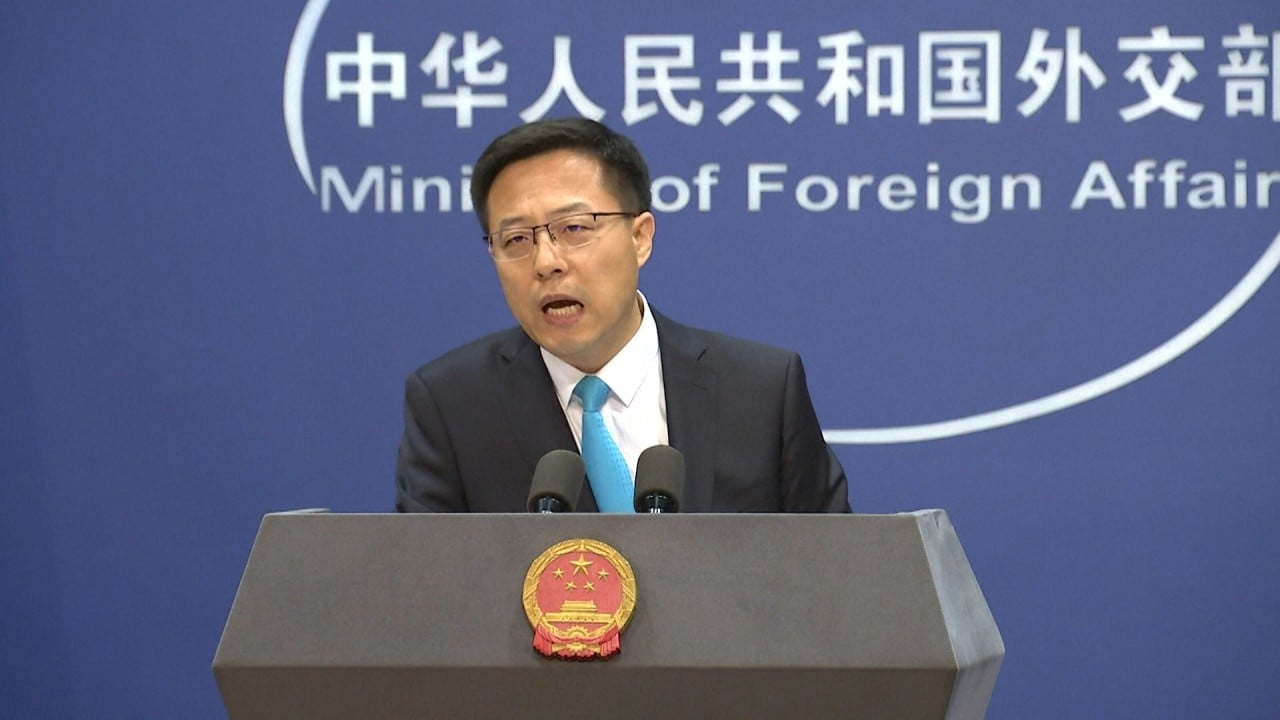
Indian missile system order ‘could raise border risk for China’
- New Delhi has asked Moscow to bring forward delivery of a Russian S-400 defence order by about a year
- Missiles might pose threat to Chinese aircraft well within Chinese airspace, analyst says
Russian media reported on the weekend that Moscow had agreed to bring forward the delivery date of an S-400 air defence system to January 2021, nearly one year ahead of schedule.
New Delhi reportedly requested the US$5.43 billion deal be accelerated amid escalating military tensions with Beijing.
Under the contract signed with Russia in October 2018, the first missiles in the system were to be delivered in late 2021.
The United States had warned India against the deal and there are doubts in India about the effectiveness of the S-400 as a deterrent.
Last week on a trip to Moscow, Indian Defence Minister Rajnath Singh urged Russia to accelerate not only the S-400 delivery but also India’s order for 21 MiG-29 and 12 Su-30 MKI fighter jets.

01:55
Chinese exercise in Tibet after border clash with India
Hong Kong-based military commentator Song Zhongping said the S-400 had a range of 400km (250 miles) and could be a threat on the Himalayan front line.
“If the S-400 is deployed near the Line of Actual Control in Ladakh, it could pose a threat to Chinese aircraft that are deep within their own airspace,” Song said, referring to the disputed China-India border.
“This could become a headache for the PLA’s patrols and control of the western border.”
But the PLA was also aware of the weaknesses of the system, he said.
China was the first international buyer of the Russian air defence system, placing a US$3 billion order in 2014. The first delivery was completed in May 2018 and second in January this year, with Chinese air force personnel having had training on the S-400 in Russia.
“From its own operation of the system, the PLA knows the weaknesses of the S-400 and the ways to blind or remove it,” Song said.

02:03
China says India should take ‘entire responsibility’ for deadly border clash
In a trust-building agreement between Chinese and Indian border troops, both sides have banned their military aircraft from flying within 10km of the LAC unless they give prior notification.
Song said that an attack on a Chinese aircraft that had not crossed the line would be seen as a serious provocation and would attract retaliation.
Beijing-based military analyst Zhou Chenming said the threat from the S-400 would take some time to realise.
Zhou said Russia had delayed delivery of foreign arms orders in the past, including the S-400 to China.
“And after delivery, it takes at least one to two more years to make it combat ready,” he said.
“So the news that the S-400 is being advanced is more of a message to China in this confrontation.”

